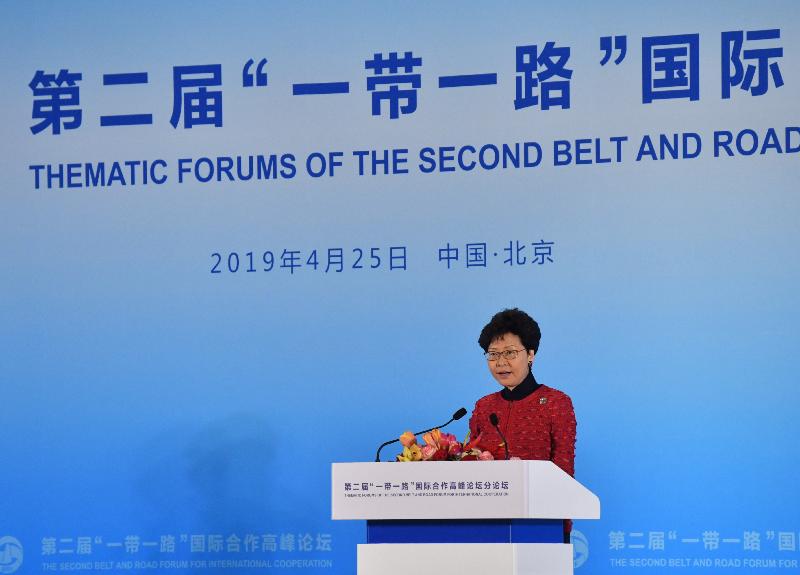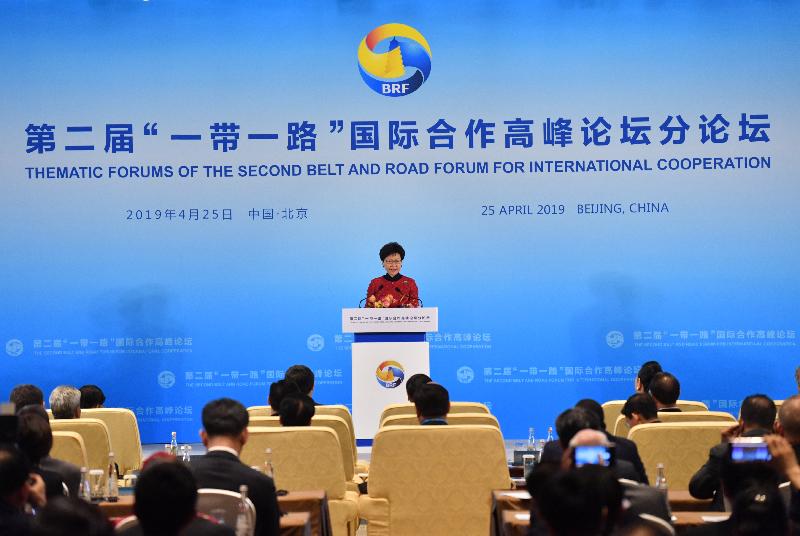“Critics’ Choice” film series to visualise dialogue between mankind and the earth
Land nurtures different cultures and has a close relationship with humanity. For “Critics’ Choice 2019 – Land and Cinema”, film critics Cheng Chuen-wai, Thomas Shin, William Cheung, Winnie Fu, Joyce Yang and Lau Yam selected six movies through which the audience can explore the eternal dialogue between mankind and the earth.
The series is presented by the Film Programmes Office of the Leisure and Cultural Services Department and organised by the Hong Kong Film Critics Society. The films will be screened from May 25 to August 31 at the Cinema of the Hong Kong Film Archive.
Post-screening seminars in Cantonese, with free admission, will be arranged for all of the screenings. The seminars will be hosted by the six critics and guests, namely Chan Lai-kuen, Matthew Cheng, William Lau, Timmy Chen, Law Kar and Ka Ming.
Critic Cheng Chuen-wai described “Earth” (1939) as “an elegy on the farmer’s lot” and “a sharp critique on Japan’s land policy”. Japanese film master Tomu Uchida’s “Earth” is a loyal reflection of the traditional Japanese agricultural society of the time. The story on a poor farmer’s family being bullied by a landlord reveals the farmers’ struggle for survival in the early 20th century. The striking visuals and rare pre-war content from the farmers’ viewpoint made “Earth” a hit among the wartime movies. The film won the first place in Kinema Junpo’s Top 10 of 1939.
Impressed by the “poetic and dazzling images”, critic Thomas Shin commented that “Japón” (2002) is “an unforgettable healing voyage rebuilding the ties of humans and earth”. A handicapped and severely depressed painter’s healing voyage from the busy Mexico City finishes on raw and yellowish land at a forbidden village. The rich yet desolate visuals of the village, a massive canyon, plateau landscapes and a wide mountain range create a strong contrast between the vastness of nature and the tininess of humans. The film earned Best Original Screenplay and Best First Work awards at Mexico’s Ariel Awards 2004, and was chosen for Golden Camera – Special Mention at the Cannes Film Festival 2002.
Critic William Cheung considered “The Emigrants” (1971) “the Swedish epic on emigration starring two masterly actors best known for their Ingmar Bergman films”. Peasants living on infertile land suffer from insufficient food supply. “The Emigrants” features a peasant family short in food moving from a Swedish village to an undeveloped area in the US. The film records peasants’ determination to follow their dreams, as well as their agony of being forced to leave home. The film won Best Foreign Film – Foreign Language as well as Best Actress in a Motion Picture – Drama at the Golden Globe Awards 1973, and received nominations for Best Picture, Best Director and Best Actress in the Academy Awards in the same year.
Critic Winnie Fu described “People of the Mountains” (1942) as a “spectacular capture of the mysterious Transylvanian mountains” and wrote, “Its humanism is hailed as the herald of Italian Neorealism.” The snowy scenery of the Carpathian Mountains is breathtaking. However, instead of leading a tranquil life, people there face everyday challenges brought about by the extreme terrains. The movie describes in detail how people seek a peaceful coexistence with nature and their struggle against timber factory exploits. Being hit doubly hard, people brave enough to leave home however end up dead. The film was hailed as a forerunner of Italian Neorealism and won the Biennale Award at the Venice Film Festival 1942.
Writing on “In the Wild Mountains” (1985), critic Joyce Yang commented on the film as being “a modernist look on the Chinese countryside” and “a landmark achievement of 1980s Chinese Neorealism”. Adapted from a novel by Jia Pingwa, the movie is a story of two brothers in which one prefers starting a business in the city while the other prefers staying on his farm. Both do not gain their wife’s support but are recognised by the other’s wife. The two couples then swap their partners in an attempt to rectify the “mismatch in values”. The film won four awards, namely Best Feature Film, Best Director, Best Actress and Best Supporting Actor at the Golden Rooster Awards 1986. It was also selected for Golden Montgolfiere at the 1986 Festival of the 3 Continents in Nantes.
In critic Lau Yam’s words, “The Grapes of Wrath” (1940) is “John Ford’s memorial of traumatised land and people”, with “lost innocence immortalised by utmost solemnity and a most balanced structure”. During the Great Depression in the 1930s, peasants lose their land due to sandstorms and oppression from urban capitalists. Uprooted from their land, peasants become migrants who fail to find a place to settle down. The film lacks shots of land as if it is a low-key funeral for the lost land and humanity. The film won Best Director and Best Supporting Actress at the Academy Awards 1941 and was selected as Best Film at the New York Film Critics Awards 1940.
All films have Chinese and English subtitles. “Japón” is classified as Category III and only persons aged 18 or above will be admitted.
Tickets priced at $60 are now available at URBTIX (www.urbtix.hk). For credit card telephone bookings, please call 2111 5999. For programme enquiries, please call 2734 2900 or visit (www.lcsd.gov.hk/fp/en_US/web/fpo/programmes/cc2019/index.html). read more



